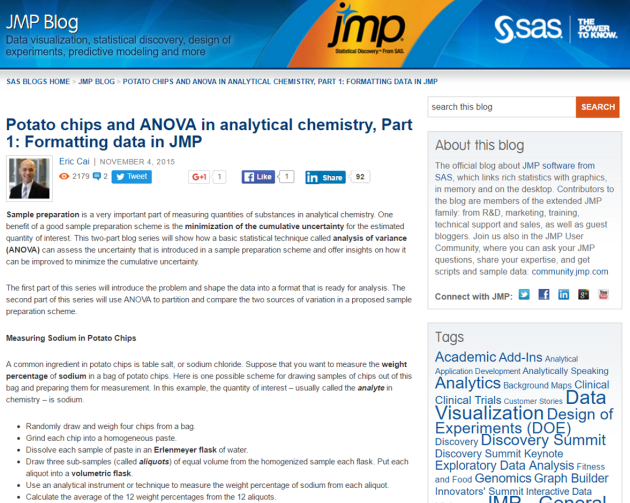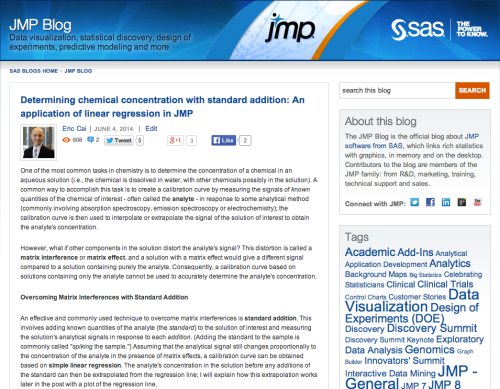Analytical Chemistry Lesson of the Day – Accuracy in Method Validation and Quality Assurance
March 21, 2017 Leave a comment
In pharmaceutical chemistry, one of the requirements for method validation is accuracy, the ability of an analytical method to obtain a value of a measurement that is close to the true value. There are several ways of assessing an analytical method for accuracy.
- Compare the value from your analytical method with an established or reference method.
- Use your analytical method to obtain a measurement from a sample with a known quantity (i.e. a reference material), and compare the measured value with the true value.
- If you don’t have a reference material for the second way, you can make your own by spiking a blank matrix with a measured quantity of the analyte.
- If your matrix may interfere with the analytical signal, then you cannot spike a blank matrix as described in the third way. Instead, spike your sample with an known quantity of the standard. I elaborate on this in a separate tutorial on standard addition, a common technique in analytical chemistry for determining the quantity of a substance when matrix interference exists. Standard addition is an example of the second way of assessing accuracy as I mentioned above. You can view the original post of this tutorial on the official JMP blog.





Recent Comments